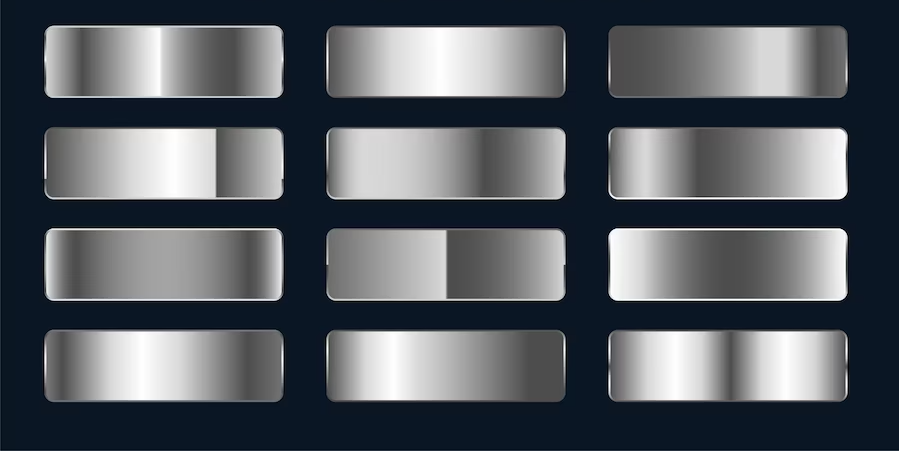Chrome plating is a popular metal finishing method used in various industries, including automotive, aerospace, and manufacturing. However, other metal finishing methods are available, each with its own advantages and disadvantages. In Ohio, businesses looking to enhance their mental products’ durability and the aesthetic appeal must weigh the pros and cons of different finishing methods before deciding. This article will explore the pros and cons of chrome plating and compare it to other popular finishing methods.
Chrome Plating
Chrome plating involves electroplating a thin layer of chromium onto a metal surface. The process results in a complex, durable, shiny surface that enhances the metal’s aesthetics and corrosion resistance. Here are the pros and cons of chrome plating:
Pros:
- Durability: Chrome plating is highly durable and can withstand wear and tear, making it suitable for applications that require long-lasting finishes.
- Corrosion resistance: Chromium is highly resistant to corrosion, making chrome plating ideal for products exposed to harsh environments.
- Aesthetics: Chrome plating provides a shiny, reflective finish that enhances the aesthetics of metal products, making them more visually appealing.
Cons:
- Cost: Chrome plating is a more expensive metal finishing method, making it less cost-effective for small-scale operations.
- Environmental impact: The chrome plating process involves using toxic chemicals, which can negatively impact the environment if not correctly disposed of.
Powder Coating
Powder coating is a popular finishing method that involves spraying a dry powder onto a metal surface and baking it in an oven to create a complex and durable finish. Here are the pros and cons of powder coating:
Pros:
- Durability: Powder coating is highly durable and can withstand wear and tear, making it suitable for products exposed to harsh environments.
- Aesthetics: Powder coating provides a smooth, even finish that enhances the aesthetics of metal products, making them more visually appealing.
- Cost-effective: Powder coating is generally less expensive than chrome plating, making it a more cost-effective option for small-scale operations.
Cons:
- Limited colour options: Powder coating has a limited range of colour options, making it less suitable for products that require a wide range of colours.
- Less corrosion resistance: While powder coating is durable, chrome plating is more corrosion-resistant, making it less suitable for products exposed to harsh environments.
Anodizing
Anodizing is a finishing method that involves the electrochemical process of creating a protective oxide layer on the surface of a metal. The procedure enhances the metal’s durability and corrosion resistance. Here are the pros and cons of anodizing:
Pros:
- Durability: Anodizing creates a hard, durable finish that can withstand wear and tear, making it suitable for products exposed to harsh environments.
- Corrosion resistance: Anodizing enhances the corrosion resistance of metal products, making them ideal for products exposed to harsh environments.
- Cost-effective: Anodizing is generally less expensive than chrome plating, making it a more cost-effective option for small-scale operations.
Cons:
- Limited colour options: Anodizing has a limited range of colour options, making it less suitable for products that require a wide range of colours.
- Not as aesthetically appealing: While anodizing enhances metal products’ durability and corrosion resistance, it provides a different level of aesthetics than chrome plating or powder coating.



